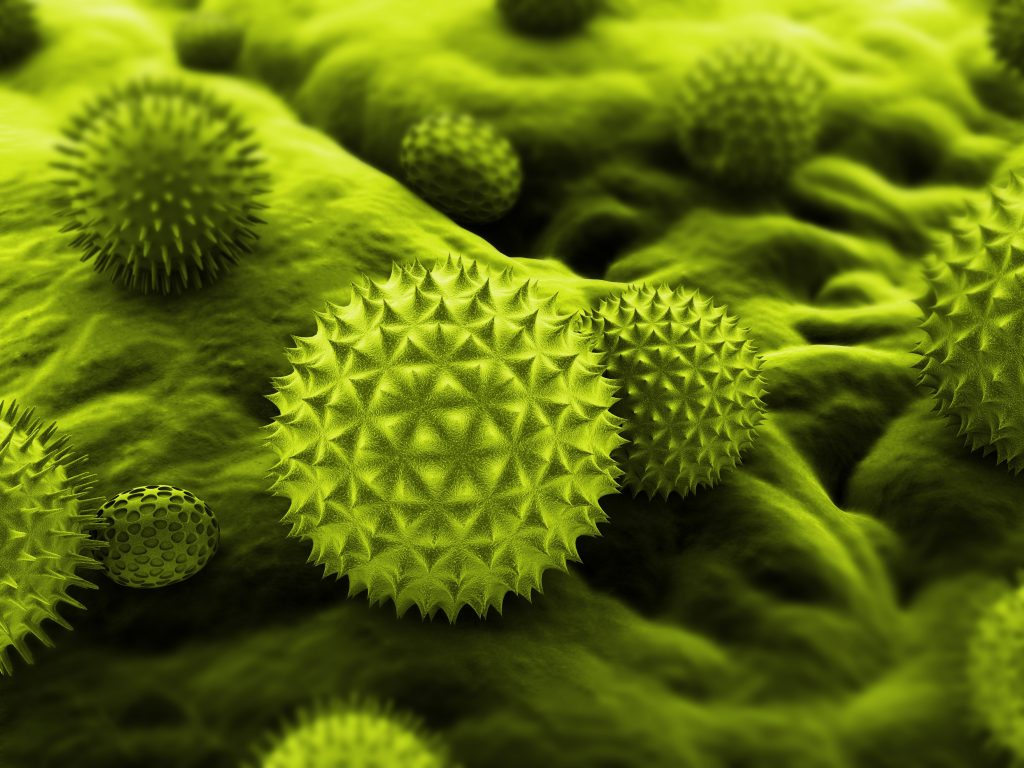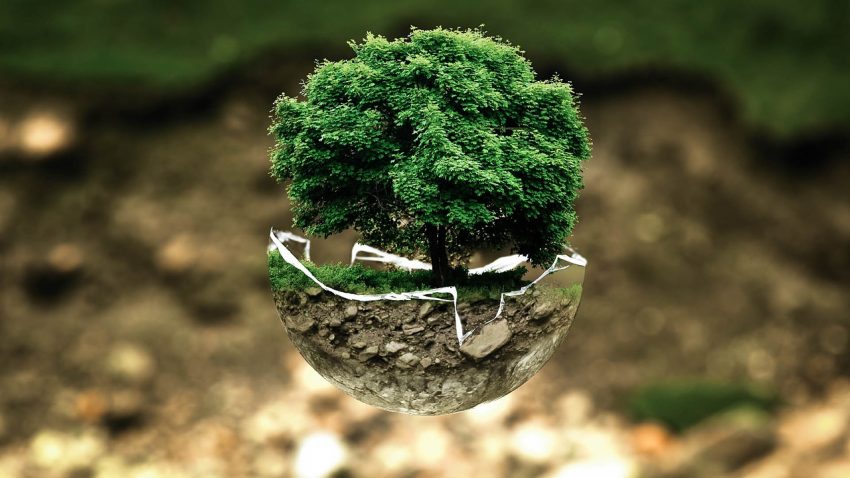
In simple terms, the environment is the surrounding of each organism. For a plant in the forest, it would be the soil, insects, animals and other plants. For an animal in the zoo, it would be the cage, the landscape in the cage and the other animals with whom it is sharing space in the cage. For a human, it would be his surroundings like his house, his place of work, the people around him and the places he travels every day.
The abiotic factors
Abiotic factors are the non-living physical and chemical elements in our ecosystem, which are obtained from the lithosphere, atmosphere, and hydrosphere. As such, water, air, soil, sunlight, and minerals are abiotic factors. Abiotic factors affect the ability of organisms to exist, survive and reproduce.
The biotic factors
Biotic factors are living organisms in the ecosystem. They are in the biosphere and are able to reproduce. For example, humans, animals, plants, fungi, bacteria. These are any living things that directly or indirectly affect organisms in the environment through their interaction with each other. For example, a disease contains bacteria and a decomposition of waste is full of microbes.

